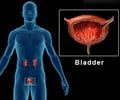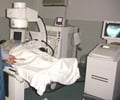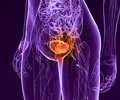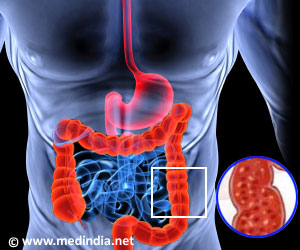A molecular mechanism that enables bladder urothelial cells to feel stretch stimulation, and thereby sense fullness of urine has been identified by Japanese researchers.
A molecular mechanism that enables bladder urothelial cells to feel stretch stimulation, and thereby sense fullness of urine has been identified by Japanese researchers.
Prof. Makoto Tominaga and Dr. Takaaki Sokabe, of the National Institute for Physiological Sciences (NIPS), and Prof. Masayuki Takeda, Dr. Isao Araki and Dr. Tsutomu Mochizuki, of Yamanashi University, say that bladder is known to release ATP that activates micturition reflex pathway during urine storage.However, they add, it has been unknown how urothelial cells sense bladder distension.
The researchers have revealed that they examined the function of 'TRPV4' protein abundantly expressed in urothelial cells.
They developed a special apparatus to measure cell responses upon stretch stimulation, which mimics bladder distension.
The team observed that upon stretch stimulation, robust Ca2+ influx and following ATP release were observed in urothelial cells.
The researchers said that those phenomena were almost completely attributed to TRPV4 activation, since such responses were eliminated by a TRPV4 inhibitor and reduced in TRPV4-deficient urothelial cells.
The study has been reported in the Journal of Biological Chemistry.
RAS
 MEDINDIA
MEDINDIA




 Email
Email










